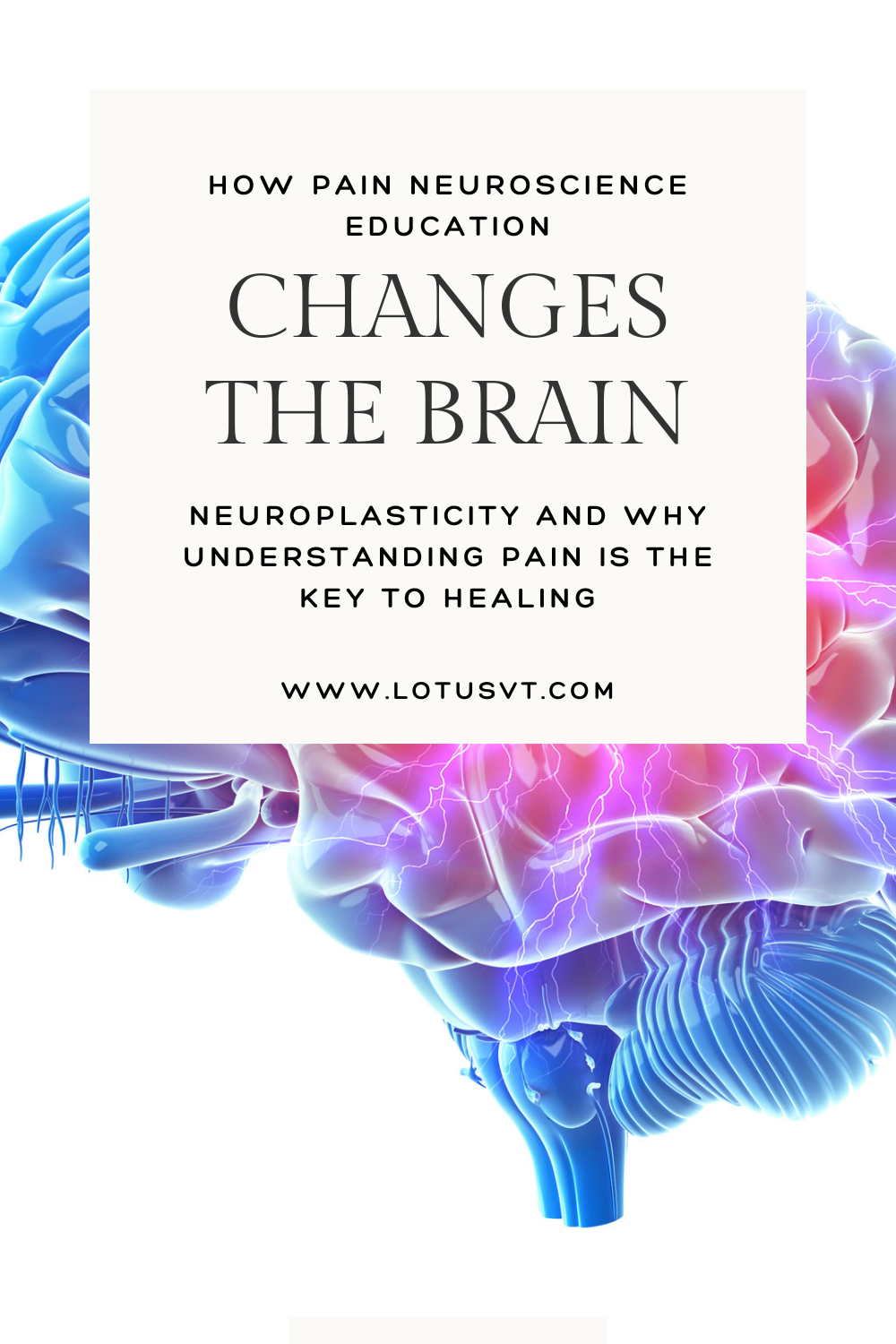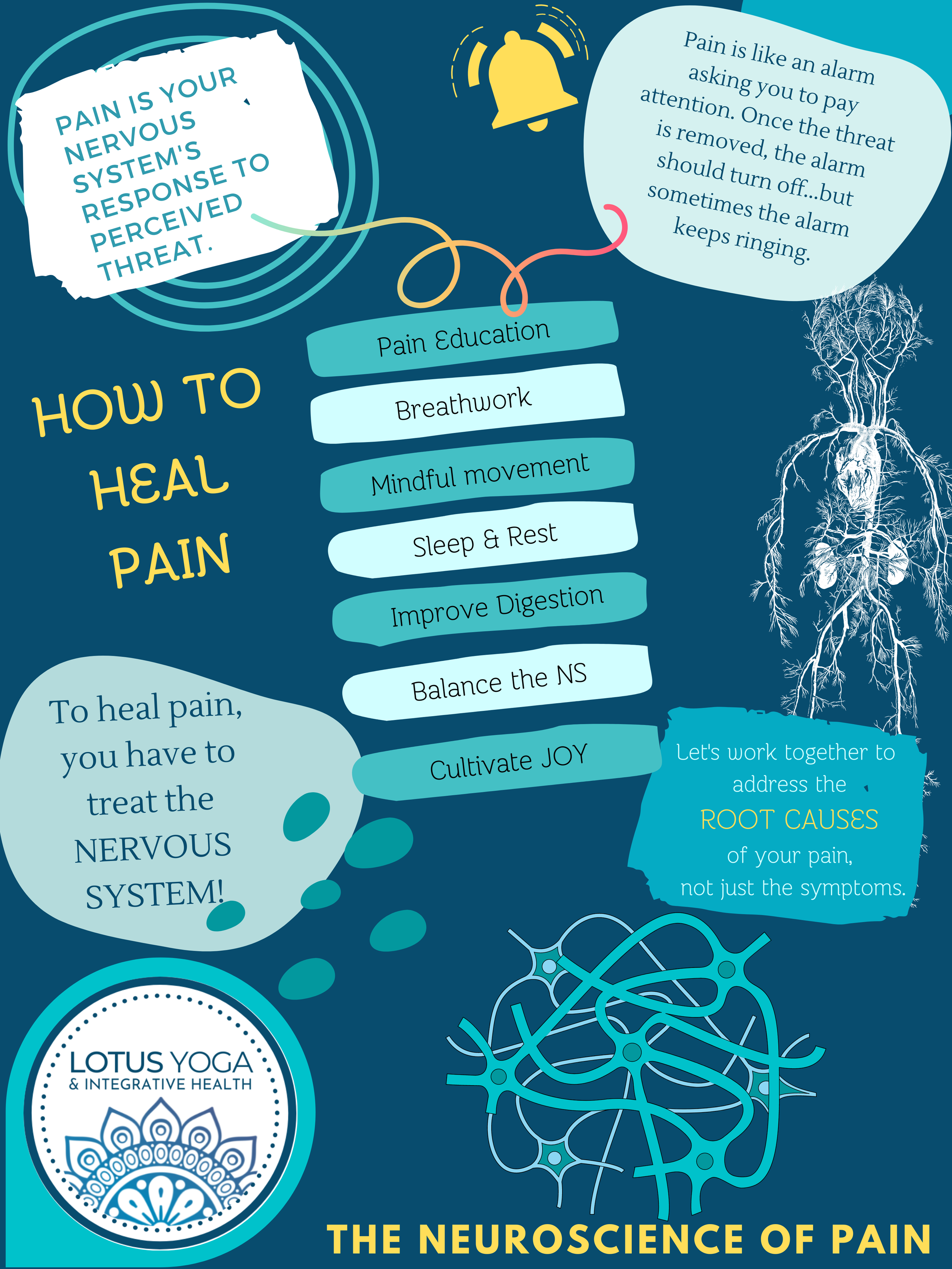
What is CranioSacral Therapy?
CranioSacral Therapy is a gentle, profoundly relaxing form of manual therapy for the nervous system. It uses light, healing touch to relax the fascia and open space for energy and cerebrospinal fluid to flow. Because pain is both a sign of stagnation and a nervous system response to threat, CranioSacral Therapy is one of my favorite practices for calming the nervous system and relieving pain. Read this blog post to learn more about how CranioSacral Therapy can support your nervous system and help you relieve pain.

Three Ways to Unfreeze Your Nervous System
Did you know that your nervous system has more than two modes? We often talk about the binary between Fight/Flight and Rest/Digest, but there is a third nervous system response called fear immobilization that gets activated when fighting or running won't be effective options. Learn more about what happens when the fear immobilization response is activated and discover three practices to support the vagus nerve and unfreeze the nervous system.

How to Heal Chronic Pain
Learn the foundations of pain science and why understanding pain reduces the threat level and is essential to healing.

What are your Activators?
The body makes more receptors for its triggers to keep itself safe. Pain triggers include temperature, stress, movement, hormones, and oxygen levels.
Too many of one kind of channel makes you sensitive to that kind of stimulus. The good news is that these channels are replaced every 48 hours. If we understand what our triggers are, we can decrease that type of stimulus, and allow the channels to return to a balanced level so you are no longer extra sensitive to that kind of stimulus.

Stop being chased by a lion
If you have ongoing stress (including pain that lasts for a long time), your nervous system won't be able to tell the difference between a stressful day at work and an actual lion. The brain on pain can become so sensitive, that it is like you are living with a metaphorical lion chasing you at all times.

The Big Three and the Key to Unlocking the Mystery
When the body experiences a stressor, such as an injury, illness, or trauma, the immune system, nervous system, and endocrine system all work together to defend against threat and bring the body back into homeostasis. These three systems are interdependent and act as one supersystem, so anything that affects one will affect all three.
This means that healing the nervous system will naturally bring both the immune system and the endocrine system back into balance and vice versa. It is also why persistent pain often progresses into autoimmune and/or endocrine disorders, and why these conditions can be so difficult to manage.

Trust Your Gut
Did you know that your gut has its own nervous system, called the enteric nervous system, that is kind of like a second brain? The enteric nervous system has as many nerve cells as the spinal cord, and in collaboration with the gut microbiome, produces neurotransmitters that influence mood, immune function, hormone release, digestion, and pain. The enteric nervous system and the brain communicate with each other via the vagus nerve about things like nausea, hunger, fullness, emotion, discomfort, and danger. In other words, the gut and the brain are interconnected, which is why can get a stomachache when we are stressed, or get anxious when we are constipated. It is also why our digestion is affected when we are in pain, and why supporting a healthy gut is important in unraveling persistent pain.

The power of being heard
We have a real problem with our medical system right now. Doctors rely on lab tests and imaging for diagnosis, but the diagnostic tests aren't sensitive enough to detect issues at the early stages. Patients are often told to just come back if it gets worse, and unfortunately, that is exactly what happens. The consequence is that it teaches us to ignore our pain and override our body's built-in protective mechanism.







